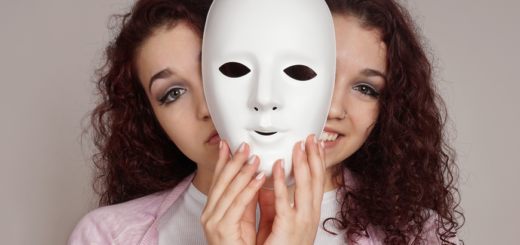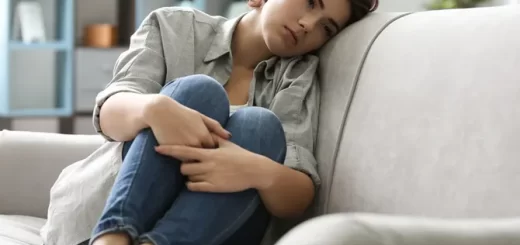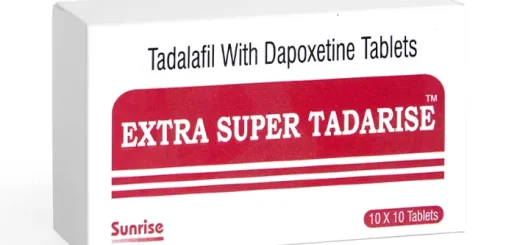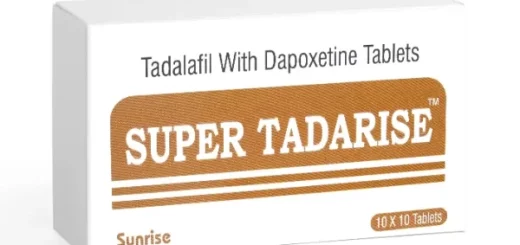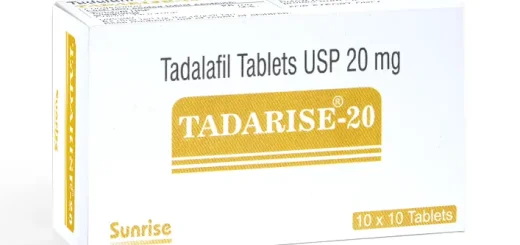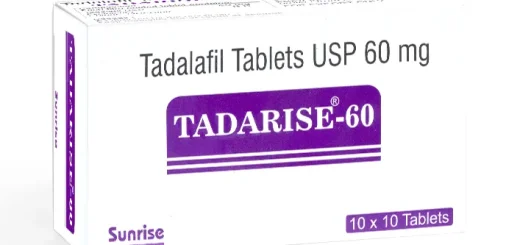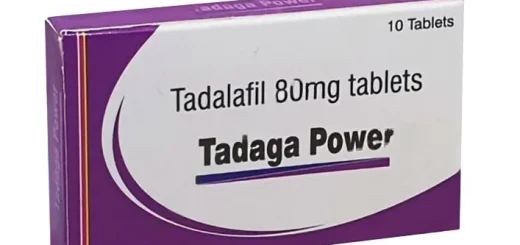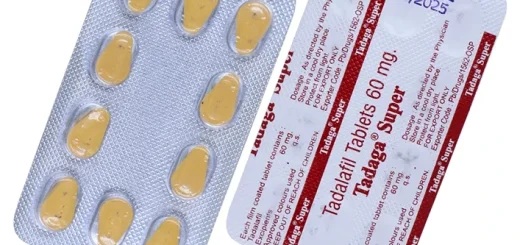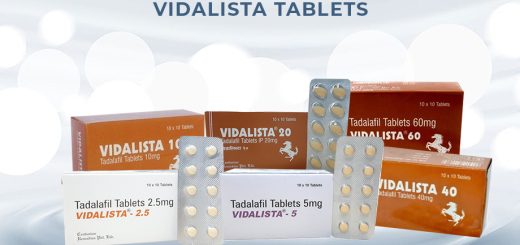Depression: Causes, Symptoms, Types, and Treatment Options
Depression is a common but dangerous mental disease that affects more than a million people around the world. A person’s daily life can be severely affected by depression, making it hard to get out of bed in the morning, keep up relationships, or even just feel sad or go through a tough time. To recognize depression and get the right help, it’s important to know about its causes, symptoms, types, and treatment choices.
Causes of Depression
Many factors cause depression. Some of the main causes are as follows:
Genetic Factors
Family histories imply a hereditary propensity to depression. Having a close relative with depression may increase the risk of developing it.
Biochemical Imbalances
Depression may cause imbalances in mood-regulating neurotransmitters such as serotonin, norepinephrine, and dopamine. A chemical imbalance in the brain can affect mood and emotion.
Psychological Factors
Low self-esteem or self-criticism can increase depression risk. Additionally, childhood trauma or abuse can increase depression risk later in life.
Environmental Factors
Stressful situations that last for a long time, like money problems, the death of a loved one, or a toxic work environment, can cause depression episodes.
Medical Conditions
Chronic diseases like diabetes, heart disease, or cancer, as well as the drugs used to treat them, can make people depressed.
Substance Abuse
Abusing drugs and alcohol can cause or make sadness worse. This can lead to a cycle where depression makes people abuse drugs and alcohol even more.
Symptoms of Depression
Depression causes emotional, cognitive, and physical symptoms that differ by person.
Emotional Symptoms
Constant sadness, hopelessness, or nothingness; being irritable or frustrated over small things; losing interest in or pleasure from activities you used to enjoy.
Cognitive Symptoms
Difficulty concentrating, remembering details, or making choices; recurrent thoughts of death suicide, or suicidal attempts.
Physical Symptoms
Fatigue or low energy; changes in hunger or weight (significant weight loss or gain that isn’t caused by dieting); insomnia or sleeping too much; aches and pains that you can’t explain.
Types of Depression
Deficiency comes in different forms, each with its traits and patterns:
Major Depressive Disorder (MDD)
People with MDD, which is also called clinical depression, feel sad all the time or lose interest in activities going on around them. People with this problem can’t work, sleep, study, eat, or enjoy life.
Persistent Depressive Disorder (PDD)
PDD, which is also known as dysthymia, is a long-term form of sadness that lasts for at least two years. Even though it may not be as bad as MDD, it can still make it hard to do everyday things and cause big depressive episodes.
Bipolar Disorder
Bipolar disease, which used to be called manic depression, is made up of episodes of depression and mania, which are marked by mood and energy levels that are too high for no reason.
Postpartum Depression
Women who have recently given birth can get this kind of sadness. Having this condition can make you feel very sad, tired, and anxious, which can make it hard to care for the baby.
Seasonal Affective Disorder (SAD)
SAD is a type of sadness that only shows up at certain times of the year, usually in the winter when there is less sunlight.
Treatment Options for Depression
Many people find relief from depression with therapy, medicine, or both. Some common treatments are as follows:
Psychotherapy
Psychotherapy, which is sometimes called “talk therapy,” is when you work with a mental health worker to talk about your feelings, thoughts, and actions. Cognitive-behavioral treatment (CBT) is highly effective at helping people with depression recognize and change harmful ways of thinking.
Medication
Antidepressants, like selective serotonin reuptake inhibitors (SSRIs) and serotonin-norepinephrine reuptake inhibitors (SNRIs), help keep neurotransmitters in check and ease the signs of depression. It’s important to work closely with a medical representative to find the right medicine and dose.
Lifestyle Changes
A healthy diet, regular exercise, and enough sleep can have a big effect on your mood and general health. Endorphins can make you feel better. Exercise in particular has been shown to do this.
Support groups
Participants in a support group may feel more connected and understood after joining. Talking about your problems with people who are going through the same ones can be helpful and help you feel less alone.
Alternative Therapies
Alternative therapies like acupuncture, meditation, yoga, or light therapy can help some people, especially those who suffer from SAD.
Hospitalization or Intensive Outpatient Programs
Hospitalization or enrollment in an intensive outpatient program may be needed to ensure safety and provide structured care in severe cases where there is a risk of self-harm or suicide.
Conclusion
As a complicated but manageable illness, depression impacts many areas of a person’s life. Knowing what causes it, what its symptoms are, and what kinds there are is the first aspect that can help you get help and get good care. People can control their symptoms and make their quality of life better by getting professional help, taking care of themselves, and making changes to their lifestyles. Talking to a healthcare professional for personalized help and support is very important if you or someone you know is dealing with depression.

